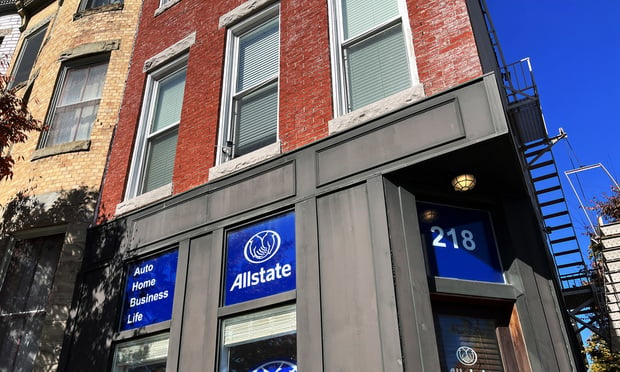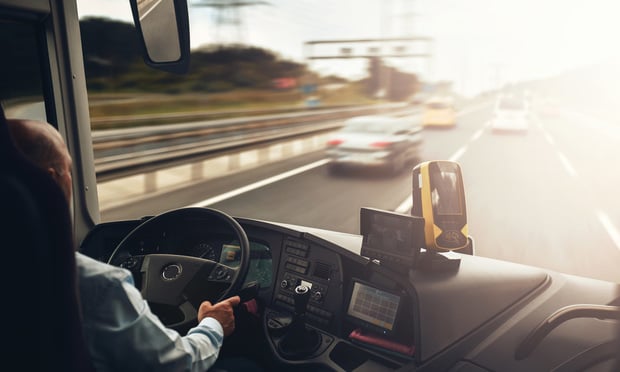New in-vehicle technology takes drivers' eyes and attention off the road and hands off the wheel for potentially dangerous periods of time, according to new research from the AAA Foundation for Traffic Safety.
Drivers using in-vehicle technologies like voice-based and touch screen features were visually and mentally distracted for more than 40 seconds when completing tasks like programming navigation or sending a text message. Removing eyes from the road for just two seconds doubles the risk of a crash, according to previous research.
"Some in-vehicle technology can create unsafe situations for drivers on the road by increasing the time they spend with their eyes and attention off the road and hands off the wheel," said Dr. David Yang, executive director of the AAA Foundation for Traffic Safety. "When an in-vehicle technology is not properly designed, simple tasks for drivers can become complicated and require more effort from drivers to complete."
Related: Who's liable when autonomous cars are involved in accidents?
|Key takeaways
The AAA Foundation for Traffic Safety commissioned researchers from the University of Utah to examine the visual (eyes off road) and cognitive (mental) demand as well as the time it took drivers to complete a task using the infotainment systems in 30 new 2017 vehicles. Study participants were required to use voice command, touch screen and other interactive technologies to make a call, send a text message, tune the radio or program navigation, all while driving down the road.
Programming navigation was the most distracting task, taking an average of 40 seconds for drivers to complete. When driving at 25 mph, a driver can travel the length of four football fields during the time it could take to enter a destination in navigation — all while distracted from the important task of driving.
Programming navigation while driving was available in 12 of the 30 vehicle systems tested. None of the 30 vehicle infotainment systems produced low demand, while 23 systems generated high or very high levels of demand on drivers.
According to a new AAA public opinion survey, nearly 70% of U.S. adults say that they want the new technology in their vehicle, but only 24% feel that the technology already works perfectly.
Related: Legislation could aid highly automated vehicle development
|In-vehicle technology can be safer
Researchers found that most infotainment systems tested could easily be made safer by simply following clearly stated federal recommendations such as locking out text messaging, social media and programming navigation while the car is in motion. In 2012, the National Highway Traffic Safety Administration (NHTSA) released a set of voluntary safety guidelines advising automakers to block access to tasks when vehicles are not parked.
"These are solvable problems. By following NHTSA's voluntary guidelines to lock out certain features that generate high demand while driving, automakers can significantly reduce distraction," said Jake Nelson, AAA's director of Traffic Safety Advocacy & Research. "AAA cautions drivers that just because a technology is available while driving does not mean it is safe or easy to use when behind the wheel. Drivers should only use these technologies for legitimate emergencies or urgent, driving related purposes."
Continue to check out the handy AAA Foundation infographic:

(Source: AAA Foundation for Traffic Safety)
Want to continue reading?
Become a Free PropertyCasualty360 Digital Reader
Your access to unlimited PropertyCasualty360 content isn’t changing.
Once you are an ALM digital member, you’ll receive:
- Breaking insurance news and analysis, on-site and via our newsletters and custom alerts
- Weekly Insurance Speak podcast featuring exclusive interviews with industry leaders
- Educational webcasts, white papers, and ebooks from industry thought leaders
- Critical converage of the employee benefits and financial advisory markets on our other ALM sites, BenefitsPRO and ThinkAdvisor
Already have an account? Sign In Now
© 2025 ALM Global, LLC, All Rights Reserved. Request academic re-use from www.copyright.com. All other uses, submit a request to [email protected]. For more information visit Asset & Logo Licensing.








